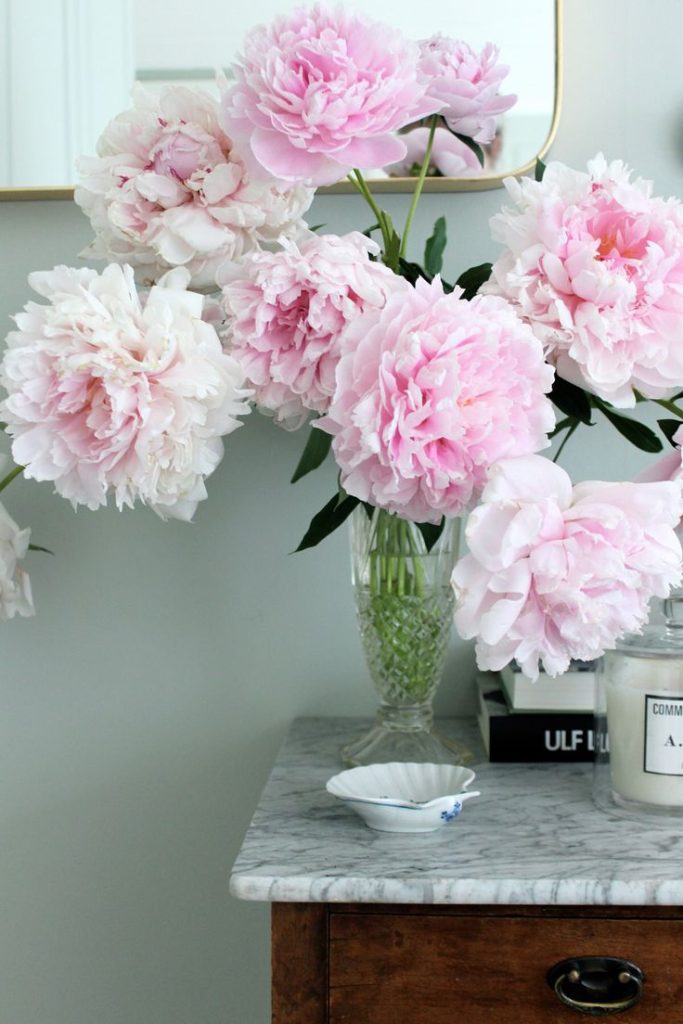Pruning plays a vital role in maintaining the health, vigor, and blooming performance of peonies, but the techniques vary between herbaceous and tree peonies due to their unique growth habits and characteristics. Understanding the key differences in pruning requirements for each type of peony is essential for ensuring optimal growth and flowering. In this guide, we’ll explore the distinctive care needs of herbaceous and tree peonies and provide expert tips for pruning each variety effectively.








Herbaceous Peonies
Growth Habit
- Herbaceous peonies die back to the ground each winter and regrow from underground rhizomes in spring.
Pruning Guidelines
- Spring Cleanup: Trim back dead foliage to ground level in late fall or early spring before new growth emerges to promote airflow and prevent disease.
- Flower Stems: After flowering, remove spent blooms by cutting them back to a healthy leaf node to encourage additional bud development and prevent seed formation.
- Division: Divide overcrowded clumps every few years in early fall, lifting the entire plant and carefully dividing the rhizome into sections with at least three to five eyes each before replanting.
Maintenance Tips
- Mulching: Apply a layer of organic mulch around herbaceous peonies in late fall to insulate roots and protect against winter temperature fluctuations.
- Fertilization: Apply a balanced fertilizer in early spring as new growth emerges to provide essential nutrients for vigorous growth and flowering.
Tree Peonies
Growth Habit
- Tree peonies have woody stems and retain their structure year-round, with large, showy blooms emerging from woody branches.
Pruning Guidelines
- Minimal Pruning: Tree peonies require minimal pruning, mainly focused on removing dead or damaged wood and shaping the plant for aesthetic purposes.
- Deadheading: Remove spent blooms by cutting them back to a healthy leaf node after flowering to maintain a tidy appearance and redirect energy into new growth.
- Structural Pruning: Prune out any crossing or rubbing branches, as well as any weak or diseased wood, to improve airflow and prevent potential issues.
Maintenance Tips
- Protection: Provide winter protection by wrapping the base of tree peonies with burlap or applying a layer of mulch to insulate roots and protect against freezing temperatures.
- Support: Install stakes or a supportive structure if necessary to help tree peonies withstand the weight of large blooms and prevent stem breakage.
Conclusion
While both herbaceous and tree peonies offer exquisite beauty and charm, their pruning requirements differ due to their distinct growth habits and structures. By following the specific guidelines outlined for each type of peony, gardeners can ensure healthy growth, abundant flowering, and long-term vitality in their garden. Whether pruning herbaceous peonies for rejuvenation or shaping tree peonies for elegance, careful attention to pruning practices will enhance the beauty and longevity of these beloved garden treasures.